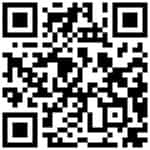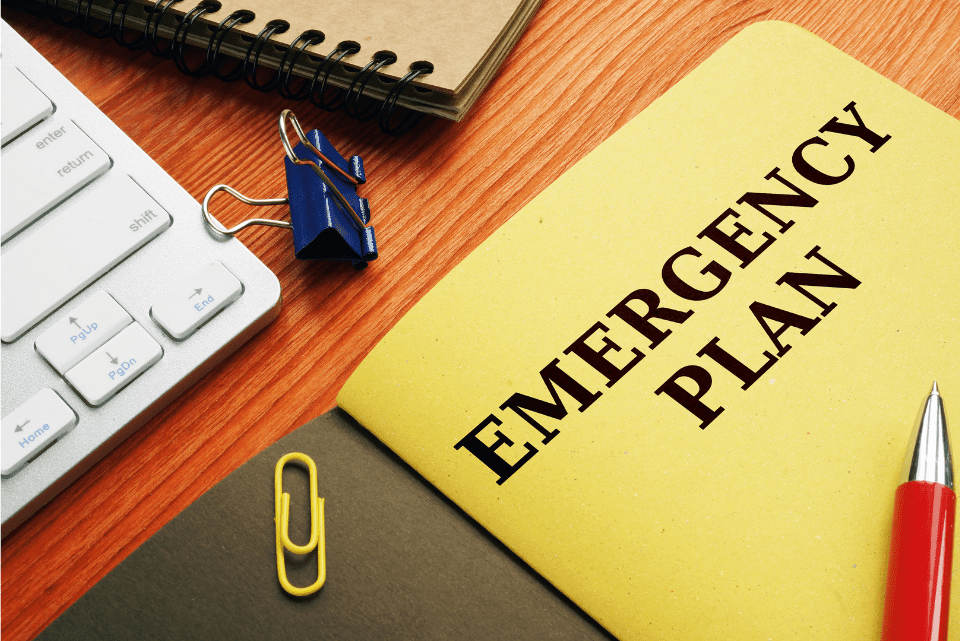Do you have a plan for your business in case the unexpected should happen? No one expects an accident to happen or an emergency to arise, but they do happen and will arise. And, while we cannot imagine everything that could potentially go wrong, it is important to be as prepared as possible for natural disasters and other kinds of emergencies. Every business should process through what kinds of emergencies they could encounter and create a plan for handling each situation. Then they should take that plan and train everyone in the company on implementation. That way no one gets caught off-guard, not knowing what to do or where to go when the need to take emergency action arises.
To get you started with emergency preparedness, here are a few things you’ll need to start thinking about.
First off, identify your risk. Here’s what we mean by that.
Many things we already know we should be prepared for simply based on where we live, what kind of work we do and what kinds of natural disasters and emergencies are more common in our area. Here in Northern Colorado, we may not need to think about hurricane preparedness, but we should have a safety plan for tornadoes and flash floods. Employees working in an oil field will likely have a higher risk of serious accidents and should have an adequate first aid kit in their vehicles and a good action plan ready should an accident occur. Those working in an office can still have accidents, but the accidents will likely be more general and less job specific. Certain jobs may be more prone to fire hazards, but every business should be ready to respond in the event of a fire. For example, you’ll need a clear escape plan in place. Take time to think through what kinds of emergencies, natural disasters and accidents may arise and come up with a plan for each scenario.
Next, you need to make sure you have the tools needed to implement your plan.
Every business needs a first aid kit regardless of what kind of business. Some businesses may need a first aid kit stored in a central location where office workers can easily find it. Some businesses may have company vehicles and will need first aid kits in those in addition to an office space. Identify all the areas you may need to have a first aid kit handy. Then, based on where that kit will be used, you will need to determine what kind of supplies should be included in the kit. While everyone will need access to basic first aid supplies (ibuprofen, alcohol pads, band aids, etc.) there are more specific items that could be needed based on the field you’re in. For example, a chemical company should make sure they have a first aid eyewash kit available for their employees in the event that harmful chemicals accidentally made it into someone’s eye.
In addition to a first aid kit, a defibrillator is a very important life-saving tool. They do tend to be on the more expensive side, but no amount of money is worth a person’s life. Make sure to have one in a conspicuous place where it can be quickly and easily accessed should the need arise. A heart attack can happen very suddenly and always unexpectedly. Don’t take this one for granted! We really like ZOLL AED Defibrillators because they are easy to use and their bright color makes them easy to spot. For an idea of how these work, take a look at these videos from ZOLL: https://www.zoll.com/medical-products/automated-external-defibrillators/aed-plus/video
Another tool that every business should have is a fire extinguisher And it’s more than likely that your business will need more than just one. You may, in fact, need several strategically placed throughout the facility to be adequately prepared for a fire emergency. In addition to having a fire extinguisher, every employee should know exactly where each fire extinguisher is located and how to operate it.
Do note that there are different types of extinguishers, suited for different types of fires. A restaurant will want an extinguisher that will quickly take care of a grease fire. Other businesses will need to make sure they have an extinguisher that can handle an electrical fire. Some businesses may need both. Again, determine what kind of extinguishers you may need based on the location of the extinguisher and the activities that will be taking place there. For more information that will help you determine what kinds of fires you need to be aware of and the kind of extinguisher you should purchase, check out this useful link from UCLA Health.
Once you have your plan and your tools, it’s time to start training.
Having a great plan and the right tools does no good if no one knows how to carry out that plan or use the tools. So, make sure to train those in your company. Occasional fire drills may be necessary. Have a day where you can bring in different health and safety professionals that can train employees on how to perform CPR, use a defibrillator, or properly use the items in a first aid kit (like a torniquet). DON’T assume that just because you’ve seen something done in a movie or on TV that you know how to do it. Methods shown in tv shows and movies are often wrong and misleading, so make sure that you get the proper training from a professional.
Now, this is by no means a comprehensive coverage of all the things you need to do to make sure you and your business are prepared for emergencies and disasters. However, we hope that this is at least helps you begin to take steps towards ensuring you and your employees are ready, come what may.
For more information here are some great resources that cover this topic more thoroughly and will provide you with clear action points you can take as you being to create and implement a company preparedness plan.


